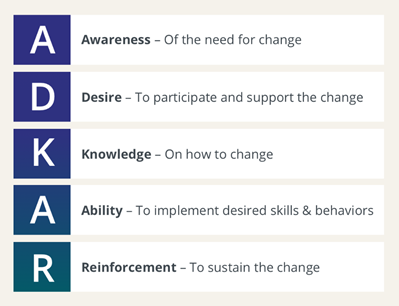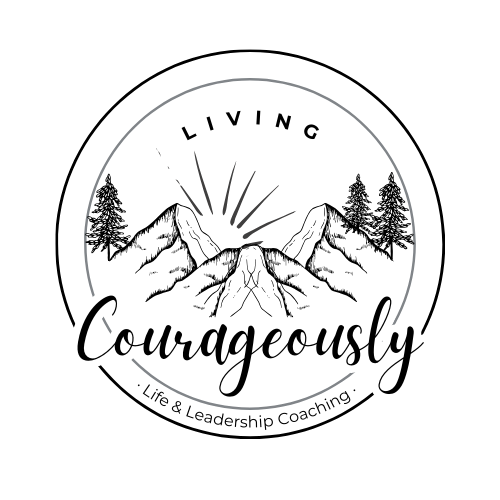Change. It sometimes comes like a blessed relief, a liberation, a much needed shift. At other times it makes us want to crawl under a rock and hide in the dark. Most times, it’s a curiously perplexing mixture of the two: we feel exposed and we feel released. So how is it that change has power to bring both spacious freedom yet also intense vulnerability?
Turns out, Mother Nature has some wisdom on this…
Enter the crab.
While a crab or lobster grows, it’s shell does not. So for a crab to grow it must cast off its old shell and grow a new one.
Great. So what’s that to us?
Let’s take a closer look.
The need for change is brought about by growth. The old shell just doesn’t fit any more. The crab starts to withdraw and pull back from the restrictive pressure of its hard shell. In this gap a soft, inner shell develops under the exterior one. When the soft shell is ready, the crustacean breaks open the outer shell along a special seam, opening it like a lid. It then wiggles and backs its way out of the shell.
Watch this video to see the process in action.
Without the hard shell, the still soft-shelled creature is freed from restriction yet intensely vulnerable to predators. (Soft-shell crab is considered a delicacy for humans too.) The crustacean stays under a rock or in a burrow for a week or two until the shell hardening is complete.
Pretty amazing.
So what makes this process relevant for our own transitions?
1. Where is growth making change necessary?
Stress and pressure in our life and organisations sometimes points to an outgrown system or way of doing things. When we notice that things are uncomfortable, we need to ask ourselves what change is needed because of growth that has happened OR what change is needed so that growth can continue.
Of course, we often want to avoid or ignore the pressure points. But as this humourously wise insight from Rabbi Dr. Abraham Twerski reminds us,
“If lobsters had doctors they would never grow, because as soon as the lobster feels uncomfortable he goes to the doctors and gets a [painkiller].. feels fine! Never casts off its shell… We have to realise that times of stress are also times that are signals for growth.”
What signals of growth are you observing in yourself, your team or your organisation? What type of growth has happened that makes a change necessary? Or, what change would release further growth? In particular:
- What new skill(s) could significantly enhance performance and ability?
- What inner growth could improve capacity? (Emotional health? Resilience in anxiety? Confidence?)
- Whose presence alongside you would encourage or enable your development?
2. Prepare your people for change – form a soft shell first!
What preparation for change will help yourself, your team or your organisation enter the ‘molting’ phase with a soft shell already in place?
The ADKAR model of change talks about building your team in these areas:

The first four stages help the team prepare for and enter into change: making a soft shell. The final Reinforcement stage helps our people to resiliently live with the change we have grown into; through affirmation, reward, reiteration and celebration of progress, the soft shell becomes a hardened one.
3. Face up to what will be left behind – the old shell must go.
All change, even the best kind, involves loss of some sort.
Acknowledging losses is important.
Maybe these are small. Perhaps everyone agrees that the old way has to go. But even poor systems can become strangely comforting because they’re so familiar.
On the other hand, the losses might be big. We might lose people, teams, authority structures or an old organisational culture or vision.
Big or small, change always affects us and our people emotionally. We need to acknowledge this.
Managers are sometimes worried about talking so openly, some even arguing that it will “stir up trouble” to acknowledge peoples’ feelings. What such an argument misses is that it is not talking about loss but rather pretending that it doesn’t exist that stirs up trouble.
William Bridges with Susan Bridges, Managing Transitions (2017: 32)

Summary so far:
- Notice discomfort that is coming from outgrown thinking or practices. Ask where growth is making change a necessity or where a lack of it would stunt development.
- Take time to prepare for change and to develop a ‘soft shell’. Where possible we want ourselves and our people to move into changes aware of the need for them; wanting them to happen; clear on what will happen; and what successful practices might look like when we get there.
- Honour the old shell and what the loss of it feels like. Even if you’re glad to cast the ‘old shell’ off, be aware that others might find it harder and that acknowledging that makes their transition with you easier.
More in part two next time…
Photo thanks to hʌnzife and Sandra Iglesias on Unsplash


Elke Hanssmann
Ah the joy of transitions. excellent examples and insights Ruth Z. will save this for a client of mine as top relevant! 🙂
ruth
Glad you found it useful for your client, Elke. So much of my learning about transition has come from your own – which reminds me again of the importance of journey partners when we navigate big changes too.. However crabby we feel we still need community too!